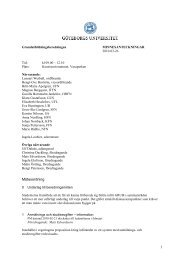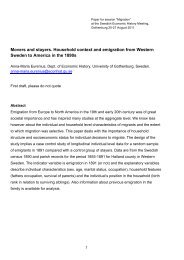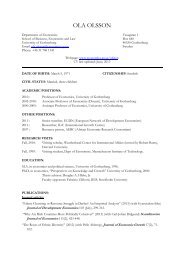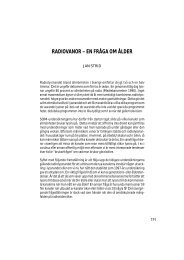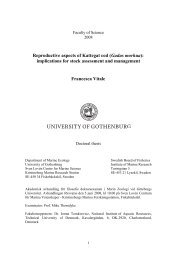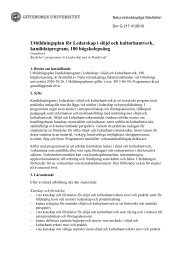Power SYBR Green PCR Master Mix and RT-PCR Protocol (PN ...
Power SYBR Green PCR Master Mix and RT-PCR Protocol (PN ...
Power SYBR Green PCR Master Mix and RT-PCR Protocol (PN ...
Create successful ePaper yourself
Turn your PDF publications into a flip-book with our unique Google optimized e-Paper software.
Chapter 1<br />
Introduction<br />
Preventing Contamination <strong>and</strong> Nonspecific<br />
Amplification<br />
Overview<br />
Hot Start <strong>PCR</strong><br />
AmpliTaq Gold<br />
DNA Polymerase,<br />
LD<br />
The DNA amplification capability of the <strong>PCR</strong> process makes special<br />
laboratory practices necessary. Potential contamination can be<br />
introduced by samples with high DNA concentrations, from the DNA<br />
Template Controls, or from <strong>PCR</strong> carryover contamination. In<br />
addition, due to the nonspecific nature of <strong>SYBR</strong> ® <strong>Green</strong> I Dye<br />
detection, any double str<strong>and</strong>ed DNA will be detected. Therefore,<br />
Applied Biosystems recommends that you check for nonspecific<br />
product formation by dissociation curve or gel analysis.<br />
For more information on <strong>PCR</strong>, refer to Kwok <strong>and</strong> Higuchi, 1989. For<br />
more information on the prevention of unintended products, refer to<br />
Mullis <strong>and</strong> Faloona, 1987.<br />
The Hot Start technique (Faloona et al., 1990) improves <strong>PCR</strong><br />
specificity <strong>and</strong> sensitivity by controlling mispriming events. Hot<br />
Start <strong>PCR</strong> is a simple modification of the original <strong>PCR</strong> process in<br />
which the amplification reaction is started at an elevated temperature.<br />
This technique can be performed manually, by adding an essential<br />
component of the reaction to the reaction mixture only after that<br />
mixture is heated to an elevated temperature. However, this approach<br />
is often cumbersome <strong>and</strong> time consuming, especially when using<br />
large numbers of samples.<br />
Applied Biosystems introduced AmpliTaq Gold ® DNA Polymerase<br />
to perform an automated, convenient, <strong>and</strong> efficient Hot Start.<br />
AmpliTaq Gold DNA Polymerase is a chemically modified form of<br />
AmpliTaq ® DNA Polymerase. The modification renders the enzyme<br />
inactive.<br />
Upon thermal activation, the modifier is released, resulting in active<br />
enzyme. The high-temperature incubation step required for activation<br />
ensures that active enzyme is generated only at temperatures where<br />
the DNA is fully denatured.<br />
When AmpliTaq Gold DNA Polymerase is added to the reaction<br />
mixture at room temperature, the inactive enzyme is not capable of<br />
primer extension. Any low-stringency mispriming events that may<br />
have occurred will not be enzymatically extended <strong>and</strong> subsequently<br />
amplified.<br />
1-8 <strong>Power</strong> <strong>SYBR</strong><br />
DRAFT<br />
® <strong>Green</strong> <strong>PCR</strong> <strong>Master</strong> <strong>Mix</strong> <strong>Protocol</strong><br />
September 29, 2005 1:41 pm, 1_Chapter.fm





